今日上海
高科技行业的先驱者 - 2023年05月28日
High-tech pioneers
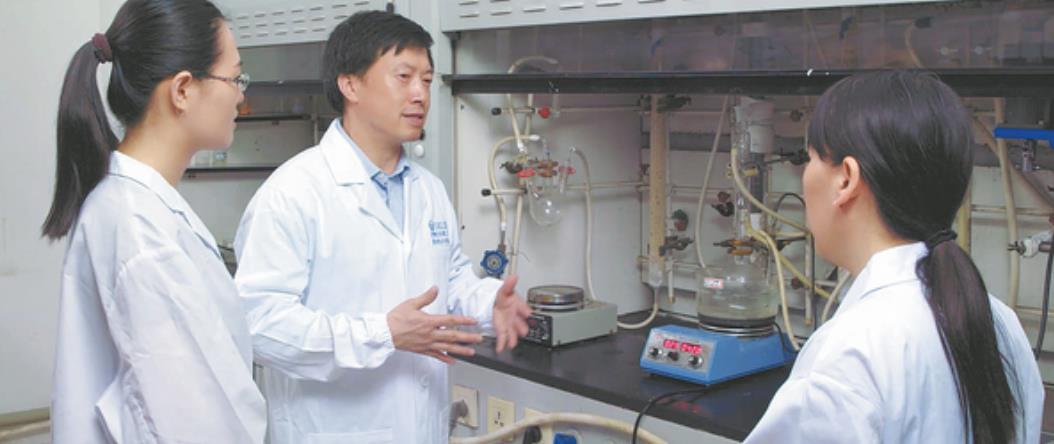
Shanghai University President Liu Changsheng (middle) believes scientific research and development is an important task for the university to contribute to the economic and social development of Shanghai and the nation.
University president says the institution will focus on research and development and cross-disciplinary learning to enhance its contributions to the nation and the city, Xu Xiaomin reports.
Liu Changsheng's vision of the future isn't all that different to those seen in sci-fi movies: Humans will be augmented with the help of brain-inspired intelligence technology while new biological materials can be implanted to repair aged or injured bones, tissues and organs.
To fulfill the human race's thirst for knowledge, unmanned vessels will be dispatched to uncharted depths of the ocean in search of discoveries.
Liu, who is the president of Shanghai University and an academician of the Chinese Academy of Sciences, notes that similar scenarios have already occurred.
For example, the unmanned vessel developed by the university's Research Institute of USV(unmanned surface vessels) Engineering had played a key role in the archaeological salvage of the 150-year-old shipwreck known as the Yangtze River Estuary No 2 Ancient Vessel. The vessel was a boon to salvage efforts as the junction of the East China Sea and Yangtze River where the shipwreck was located has close-to-zero visibility due to the large amount of sand and mud running down from the upper level of the river. Such conditions make it impossible for humans to carry out salvage works.
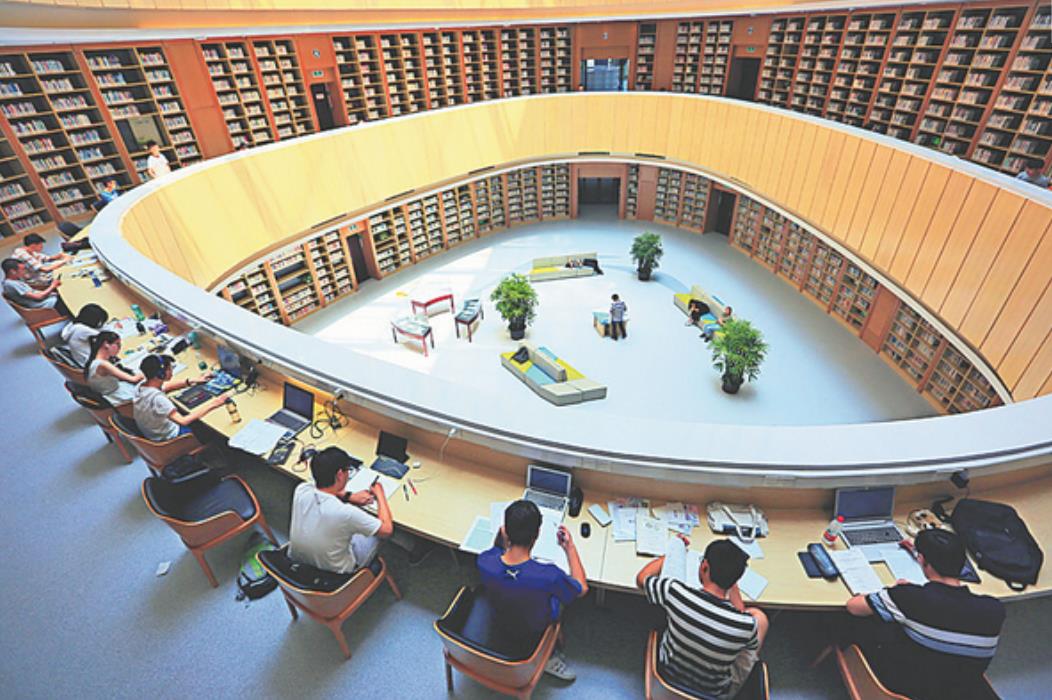
With the help of unmanned vessels and other advanced technologies, the ancient ship, which dates back to the reign of Emperor Tongzhi (1862-75) in the Qing Dynasty (1644-1911), was successfully salvaged from beneath the water surface in November last year.
Liu says the next goal is to mass-produce the unmanned vessel, which, he notes, has been a result of the university's relentless efforts in research and development.
But fostering innovations, like the vessel, he adds, will not be easy.
"Research and development is a long process. Many enterprises have good ideas that need time and financial support. Without enough investment, some good ideas, just like seeds without water and sunshine, will die before they get to blossom," he says.
"Fortunately, our campus has the right personnel, well-equipped labs and facilities, as well as financial support from the government. This is why we decided to open our campus to enterprises with potential and work with them to incubate innovative technologies."
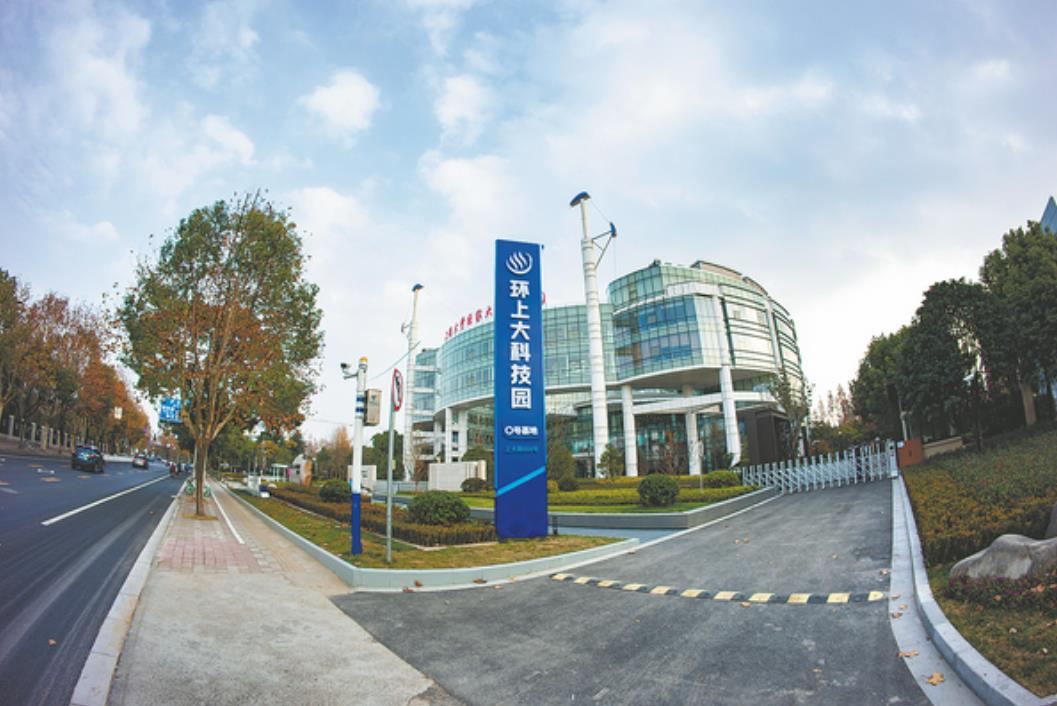
A street scene at the Circum-SHU Science Park.
Key mission
The university's focus on research and development, Liu adds, stems from its determination to contribute to the economic and social development of Shanghai and the nation, as well as enhance the institution's evolution in today's digital age.
"As a university named after this famous city, our mission is undoubtedly to serve the nation's strategies and the city's key tasks," says Liu, who took over the reins of Shanghai University four years ago.
First established in 1922, the university's mission to do so is evidenced by the layout of its frontier science and technology field, which has five major sections listed: micro and nanoelectronic technology, artificial intelligence, biomedicine, new energy and quantum science and technology.
But the university is not working alone to achieve its goals. Apart from its own research, the university has also launched a plan to collaborate with the local government and start-ups to transform research into products.
One example of how the university has gone about doing this is the Circum-SHU Science Park located opposite the main campus in Baoshan district. Spanning 57 square kilometers, the park has, since early 2021, been used as a space for university staff, students and entrepreneurs to bring their innovative technology ideas to life. The park, which currently has 375 registered companies, produced 89 major achievements in the past two and a half years.
In the blueprint, the park will further expand in the future.
"As I think the growth of a university should synchronically boost the surrounding community and regional economy, it is hard to say whose success comes first as it is a mutual development and achievement," says Liu who has studied a lot about top universities' successful experience.
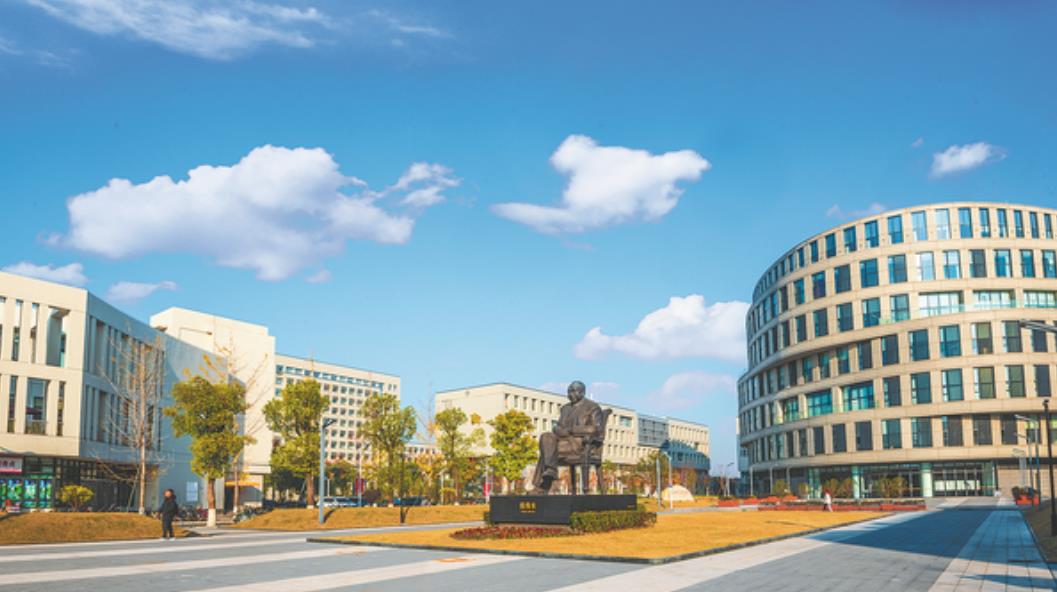
A statue of Qian Weichang (1912-2010), former president of the university.
Suitable measures
But though his background is in biomaterials and future technologies, Liu is nevertheless paying close attention to the university's liberal art disciplines like metropolis sociology, archaeology and cultural relics protection, and Shanghai-style art.
The reason for this is his belief that the holistic development of disciplines will be crucial to allowing the university to better aid Shanghai's evolution.
Moreover, research regarding the governance of megacities has shown that a mastery of all kinds of disciplines is important.
"We need to combine sociology with technology like big data technology to effectively manage cities. Through the research of data, we can find suitable measures to manage the society," he says.
He adds that this need to integrate science and arts, which is already reflected in the university's curriculum.
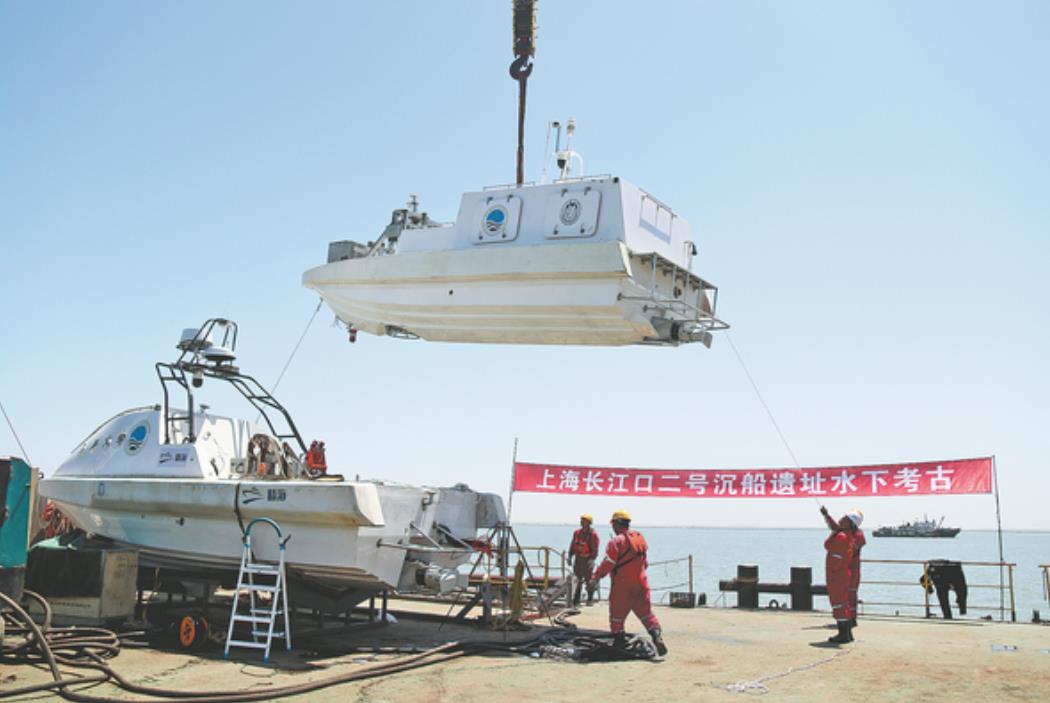
An unmanned vessel developed by the school.
For example, courses on movie editing and ancient painting repair feature the use of AI or virtual reality technologies, according to Liu.
"Creating a war scene no longer requires the hiring of thousands of actors. In today's high-tech age, technology can create such scenes," Liu says.
Expanded in 1994, Shanghai University is ranked among the top 300 in the Academic Ranking of World Universities. The university has attracted over 30,000 students from nearly 150 countries and regions since the 1960s.
As a comprehensive college, Shanghai University currently offers a full range of academic categories; 10 disciplines are among the top 1 percent of Essential Science Indicators, an international database for emerging science trends. The university's engineering science, materials science and chemistry disciplines are among the world's top 0.1 percent.
At present, Shanghai University has mutual recognition of credits and degrees with 47 partner institutions that are ranked among the top 200 in the world.
To further expand its influence and become more globalized in the future, Shanghai University is keenly focused on luring high-end talent, fostering strategic partnerships and organizing international conferences that bring great minds together, says Liu.
The university has also been promoting cross-border exchange and cooperating with the Wharton School of Business in the United States to carry out teacher training and student leadership improvement courses. It also has cooperative courses with Northwestern University in the United States, the University of Edinburgh in the United Kingdom, and Tohoku University in Japan.
Source: China Daily
